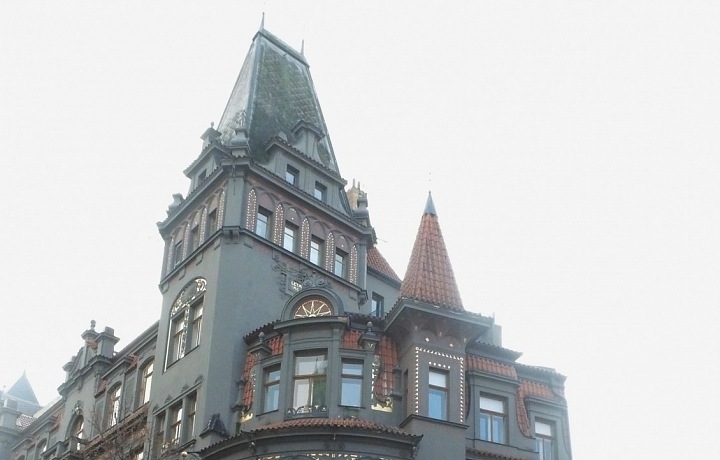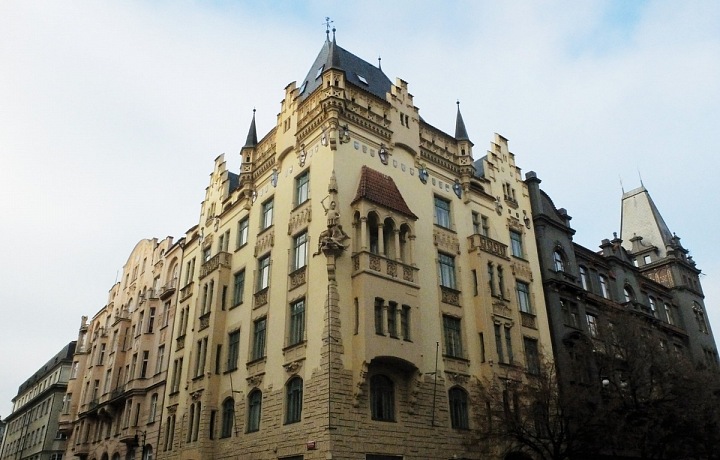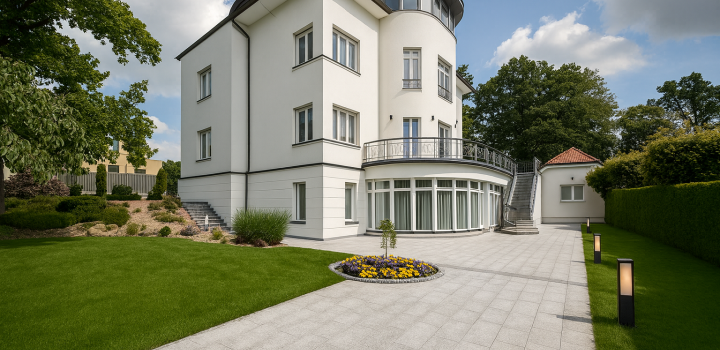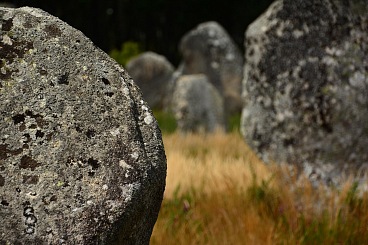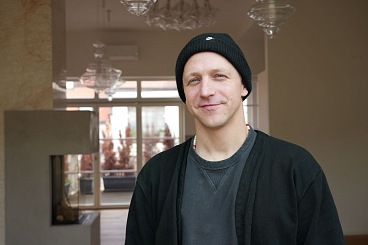The past and present of the luxury Pařížská
At the start of the 20th century, it was given the name Mikulášská after the Baroque Church of St. Nicholas on the Old Town Square which leads into what is today Pařížská. This was named after the romantic French city in 1947.
Today’s appearance thanks to extensive redevelopment
At the turn of the century, the appearance of the Lesser Town underwent radical change thanks to extensive redevelopment. During this work, around 500 buildings disappeared and new houses were built in their place. This also gave rise to Pařížská, which meant that Prague started to take on the modern character of a European capital.
The main incentive behind redevelopment was the dilapidated condition of Josefov from a structural and hygienic point of view. This district was dirty and prone to the spread of disease, something which was undesirable near the Old Town Square.
The former streets which were located in the space where Pařížská can be found today disappeared. This for example concerned Masařská, named after the fact that a butcher’s shop used to stand there. Maiselova also ran through here, this having been named after Mordechai Markus Maisel, a wealthy Jewish philanthropist. The beautiful town house of Jiří Melantrich with its Renaissance façade was also demolished.
From the original buildings in the Jewish Quarter, the Old Jewish Cemetery was preserved, as was the Town Hall and several synagogues. New development did however also start, giving the Lesser Town a diametrically opposed appearance and a luxury zone of Art Nouveau houses started to emerge here.
The following architects participated in construction of the new Pařížská: Rudolf Kříženecký, Jan Koula, Alois Dlabač, Rudolf Koukola, František Buldra and others.
Important houses on Pařížská
Schier’s House on the corner of the Old Town Square and Pařížská is one of the oldest of these new buildings. This luxurious house is decorated with a lot of statues by leading Czech artists (Vilím Amort, Jindřich Říha and Josef Kropáček) and the writer Franz Kafka also lived here. This is why it is nowadays known as Kafka’s House.
The house was built in a Baroque style, the same as the other houses in the southern part of Pařížská. It was badly damaged during World War Two and this unique building was saved through costly reconstruction work in 1946 to 1949. The architects Jaroslav Stránský and Karel Storch participated in construction work.
The opposite end of Pařížská was built in an Art Nouveau style and modern architectural tendencies can be seen here: modern buildings with large windows and delicate geometric decoration of the façade from artificial stone.
Old New Synagogue is situated in Pařížská and represents one of the oldest synagogues in Europe and the oldest preserved monument in Josefov District. Adjacent renowned restaurant bearing its name and offers delicious cuisine.
At No. 68 in a Pařížská lived famous Czech opera singer Otakar Marak, born in 1872. Today you will find a plaque, designed by Jan Kavan.
Nowadays, Pařížská is a luxury street full of leading global brands selling products ranging from wristwatches and clothes, right through to accessories and jewellery, as well as being home to luxury cafés and restaurants. The last building on Pařížská in the direction of the river is the luxury InterContinental Hotel.






